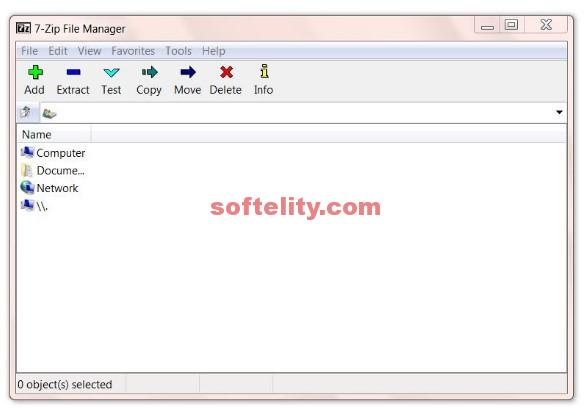

Which leads nicely on to… Custom Keyboardsīoth emulators share the same software keyboard mechanism. I can switch between these resolutions with keyboard shortcuts. So I added a bunch of custom resolutions to the BasiliskII soure code to add support for both pixel-doubled and pixel-quadrupled resolutions, in both portrait and landscape, with and without room for the software keyboard. Of course the iPad can flip between landscape and portrait orientations on demand, which means BasiliskII supporting the Monitors control panel is a big win. Targeting this ballpark of resolution means user interface elements will be around the magic 44pt tappable area, so that fingertip interactions are accurate, predictable and enjoyable.
#The archiver mac emulator pro
I use an iPad Pro 12.9” which has a native resolution of 2732×2048, pixel doubled that means 1366×1024, and pixel quadrupled 683×512.

Specifically, the native resolution varies according to the model of iPad or iPhone you are using. The original Macintosh had a native screen resolution of 512×342.Ĭonceptually, the iPad has a logical screen resolution of 1024×768, which when running in pixel doubled mode equates to 512×384.
#The archiver mac emulator how to
The only gotcha with this approach is that you’re best moving the file to the emulated system’s main disk drive otherwise you’ll encounter various oddities with certain apps that don’t know how to cope with files located on this type of drive. You can use the Share Sheet in the same way as Mini vMac, but you can also simply copy/move a file to the BasiliskII folder and it will be accessible inside the emulator. With BasiliskII things are easier as it has a drive mapped to the app’s file sharing folder. These extra steps are just enough friction to make the emulator annoying to use. With Mini vMac you need to run a special file import app, and then whilst it’s open use iOS Share Sheet to send a file to Mini vMac. This works a treat in both emulators, but the experience is better in BasiliskII.

I’ve started work on the next in my 1-bit Woodblocks series: “Tekagami” (Ito Shinsui’s “Hand Mirror”).


 0 kommentar(er)
0 kommentar(er)
